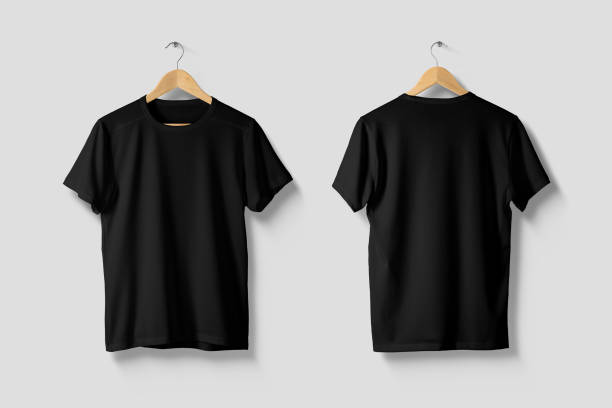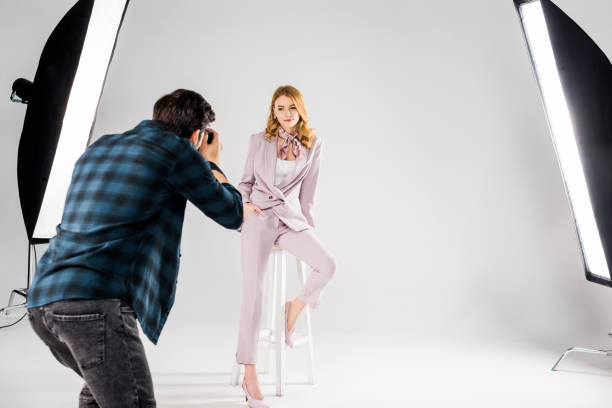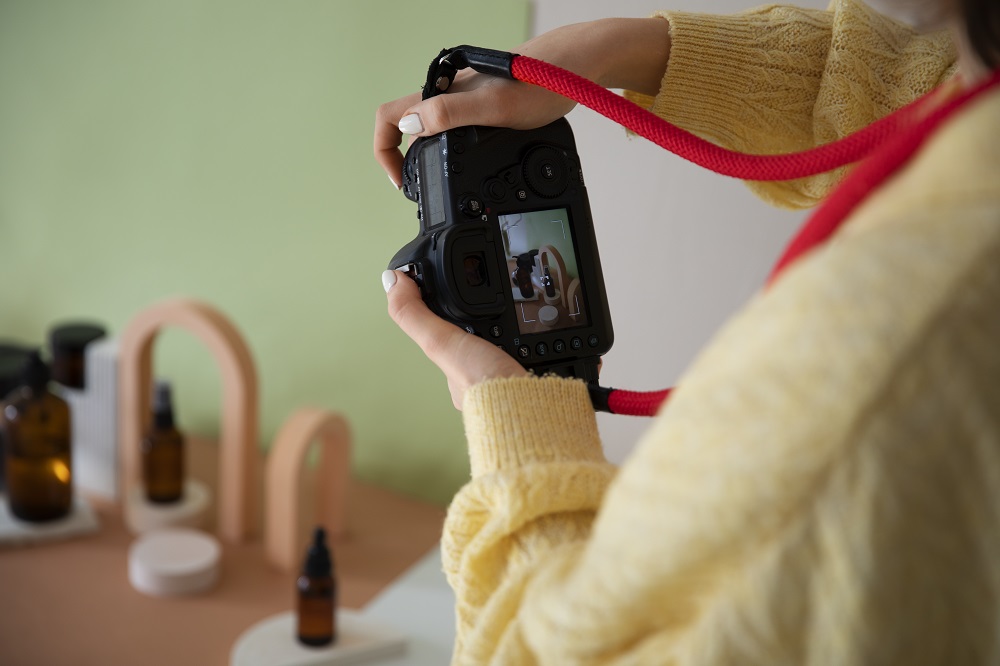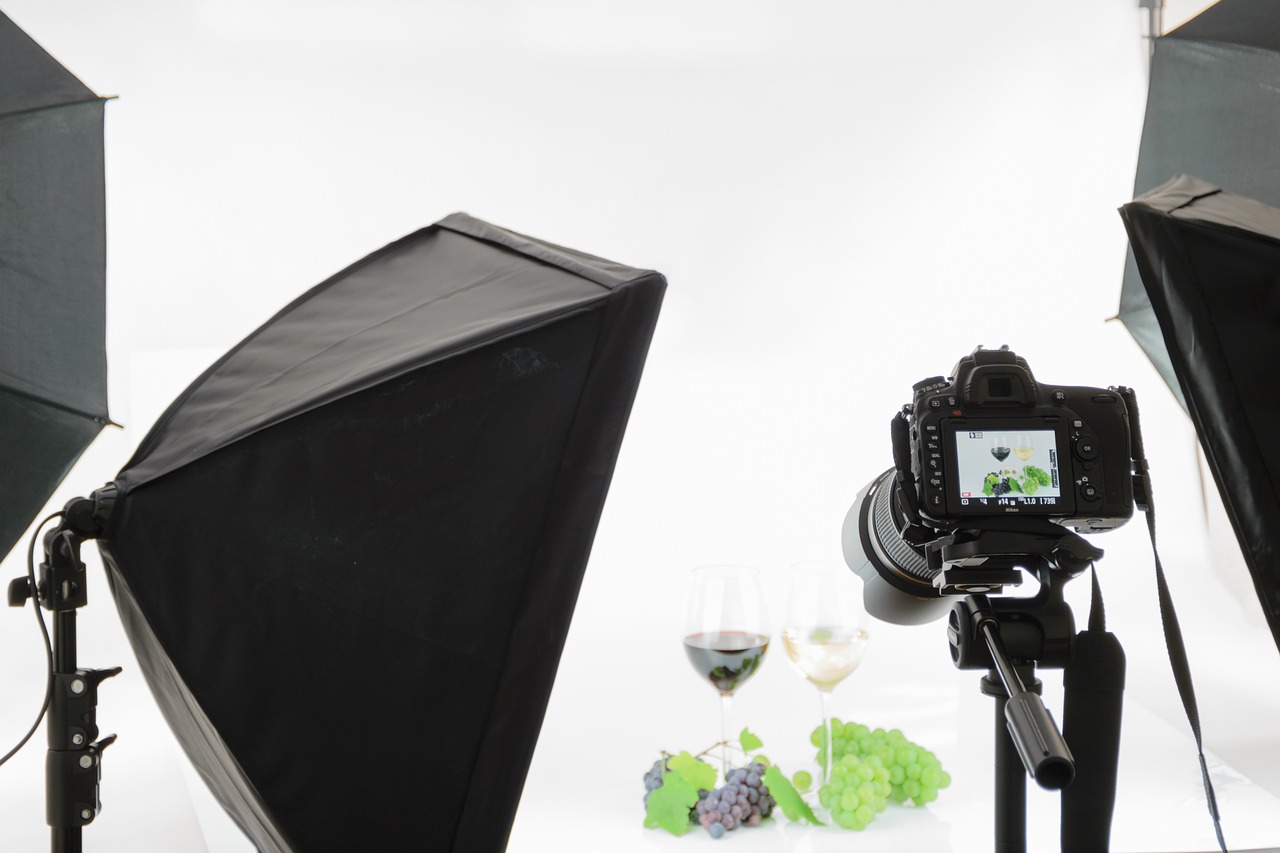The fashion industry is highly competitive, Clothing eCommerce requires high-quality apparel photography. especially for online retailers. Product photography plays a crucial role in increasing sales, so you must make the most of every opportunity you have to showcase your products.
For many shoppers, visuals are more important than a fantastic product description. Essential doesn’t imply pricey. Experience separates pros from amateurs. If you’re a photographer on a budget, read on. This post provides apparel photography strategies for photographing apparel.
In this post, we’ll discuss how to take beautiful photos of apparel and accessories with an emphasis on lighting and composition. We’ll also touch on some common mistakes that many people make when taking product photos (and how these can be avoided). By the end of this guide, you’ll know exactly what steps to take to create amazing shots that will help increase your conversion rates!
7 Stages For Online Apparel Photography
Product photography is the visual depiction of a product. High-quality images are important to boost e-commerce sales as they help to relay more information than words alone. It’s surprising how imagery can set the scene of where who and when you can use the product. Online shoppers will be able to imagine themselves wearing your clothes and if they will look fabulous! Focus on different areas of online selling.
It’s all about knowing how to capture the beautiful suits in your closet with the click of a camera — and I’m going to share with you the 7 stages of apparel photography to succeed with your e-commerce business.
1. Get Your Apparel In a Fixed Position

Your product photos should look great. Storage and travel may wrinkle, crease, and wear out clothes. Clothing samples frequently travel far and may not have been precisely made.
Many photographers skip this stage and use Photoshop or free picture editing tools to repair wrinkles, stains, and other faults. No. Photoshop isn’t magic: mastering sophisticated editing methods requires time and skill, and excessive manipulation may degrade the picture quality. Capture your clothing in a near-perfect condition and utilize Photoshop for finishing tweaks and color correction.
Check your merchandise inside and out. Tags, labels, or other identifying materials? So. Has the product gotten wrinkled? Steam or iron. Remove dust and strings using lint rollers or tape.
2. Create A Picture Studio
Any room may be turned into a photographic studio with a few materials. The camera, tripod, white wall, C-stand, duct tape, and natural light are plenty. If you want to manage when and where you shoot, invest in extra equipment. Clear away clutter. Clean spaces help you remain organized and work well.
Finalize The Photo Shoot Backdrop
Use a white or light gray background to avoid distractions and capture colors correctly. Any photographic supply business has affordable, seamless white paper rolls. Invest under $100 on a background lighting kit. Sweep the roll to the floor to avoid wrinkles and shadows, then tape it. Using a stand to hold your backdrop can offer you more area in the studio. Tape the seamless roll to the ceiling or wall if you’re on a budget. Place your goods on a model or mannequin in front of the camera, in the midst of the background.
3. Lighting Set-Up
Natural window light is cheap and high-quality for clothes photographers. Large windows and natural light are nice. Perhaps it’s enough. If you can, rent or buy a simple lighting setup.
If utilizing natural light, place your goods near a window for indirect light. Here’s a schematic of a monolight setup from above. Place a light source and softbox or umbrella 45 degrees from the object for soft, uniform illumination. Keep the camera facing the topic. Too near to the backdrop may cause shadows. Move the topic away from the background to get a white background. Half-power your light source.
4. Style Your Product

A live model adds professionalism and helps customers connect to your goods, but it might be unexpected. Professional models are quite pricey. To take great photographs of apparel, you’ll need a model who actually makes the pieces that you want to photograph.
5. Prepare The Camera
If your camera settings are improper, no amount of Photoshopping will help. Before photographing items, know ISO, aperture, and white balance.
6. Start Product Photo Shoot
It’s finally time! Focus your camera on your topic by pressing the shutter button halfway, then take a photo. If your photos require more or less light, adjust your camera settings. With practice, your changes will become automatic.
7. Post-Photography Process
After shooting, produce web-ready photos. Post-production processing aims to improve picture quality and performance. Digital assets are readily transferable, thus outsourcing them saves time and money. If you do it yourself, make sure your post-production process includes alignment, cropping, background removal, and color correction. Keep track of your procedures to create shooting and editing standards.
Key Points To Note For Apparel Photography
Now you know what camera to choose for your apparel photos, but there are some other key points to note:
- Use a tripod and remote shutter release. You’ll want to keep the camera as steady as possible for maximum sharpness (especially if you’re using a lower-end camera).
- Use adequate lighting conditions. If you’re shooting in low light, your photos will come out grainy or hazy and affect color accuracy. For best results, shoot outdoors on an overcast day or in a well-lit room with natural light coming from windows or lamps nearby.
- Use good-resolution cameras with large sensors. Cameras with high megapixel counts and large sensors capture more detail than smaller ones, which means they can deliver better quality images overall when it comes down to editing them later on!
Using Props For Effect On Apparel Product Photographs
Props can be used to create a mood, show the product in use, show the product in context and even show it in action.
For example, if you were selling a luxury car then it would be useful to have props like champagne glasses or luxury watches lying on the front seat. This will give your customer an idea of what they could do with their new car. On the other hand, if you are selling office equipment such as laptops and printers then it would be better to use props that reflect this such as staplers or paper clips so that people can see them working together as part of their daily routine at work.
Conclusion
DIY is hard. First-time attempts won’t be ideal, but that’s OK. Your objective should be to take better product photos with each assignment. Better product graphics equal greater sales and enjoyment. Remember these seven tips for great clothes product photography. Prepare product, create studio, place lighting, style product, set camera, shoot, and polish photographs in post-production. Follow these procedures for high-quality product photographs or get in touch with jewelry photography services in Canada.





